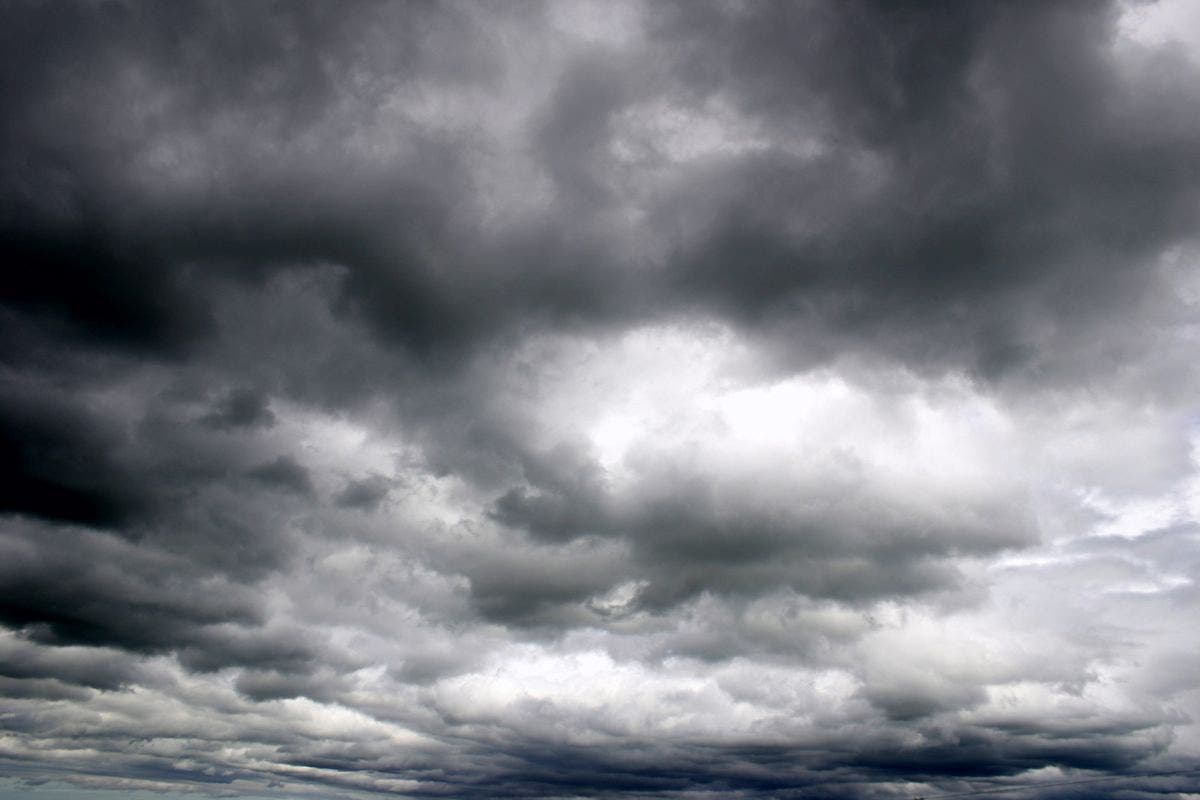Home & Garden
How Port Washington Residents Can Prepare for Hurricane Hermine
How to protect yourself, your family and your home in the event of a natural disaster.

Officials want residents to be prepared for an emergency in case Hurricane Hermine’s path does cross with ours.
County Executive Ed Mangano has issued a Storm Surge Warning for residents living in flood prone areas and a Tropical Storm Warning for all Nassau County residents.
The National Weather Service predicts flooding will likely occur on Sunday and Monday at high tide, resulting in 2 to 4 feet of flood waters.
Find out what's happening in Port Washingtonwith free, real-time updates from Patch.
Residents living near the shore may be asked to leave their homes as the storm’s track becomes more clear. To learn high tide times for your area, go here.
The Nassau County Office of Emergency Management has outlined evacuations routes from Coastal Evacuation Areas that can be found here. Residents can use these evacuation routes to property secure their homes.
Find out what's happening in Port Washingtonwith free, real-time updates from Patch.
Here’s how Port Washington residents can prepare and protect themselves in the event of a natural disaster:
Below is a list of items to stock up on, things to do before a storm, how to stay safe during a storm and important emergency notifications and registries to be aware of.
Emergency Contacts:
- Port Washington Police Department— (516) 883-0500
- Sands Point Police Dept.— (516) 883-3100
- Port Washington Fire Department— (516) 742-3300 (emergency) 516-883-2200 (business office)
- TTY Relay Operator— 800-421-1220
- Nassau County Office of Emergency Management— (516) 573-0636
- Nassau County Office of Emergency Management E-mail— [email protected]
- Nassau County Main Number— (516) 571-3000
- Nassau County American Red Cross— (516) 747-3500
- Nassau County Police— (516) 573-7000
- Nassau County Police (third precinct)— (516) 573-6300
- Town of North Hempstead— (516) 627-0590
- Poison Control Center— 800-222-1222 / 516-542-2323
Items to stock up on:
- Build an emergency kit consisting of: one gallon of water per person per day for at least 3-7 days, non-perishable food, medications, copies of important family documents, a first aid kit, a flashlight and extra batteries.
- Fill the gas tanks of your vehicles.
- Have formula for infants and needed nutritional supplements.
- Blankets and pillows packed in plastic bags.
- Prescription medications.
- Flashlights and battery operated radios.
- Keep cell phone chargers dry and accessible.
- First aid kit.
- Toiletries.
- Cash.
- Tools.
- Food for your pets and secure their medical information.
Things to do before a storm:
- Place important documents in waterproof sealed plastic bags.
- Trim trees and shrubs around your home so they are more wind resistant.
- Bring in all outdoor furniture, decorations, garbage cans and anything else that is not tied down.
- Buy plywood or other materials to protect your home.
- Review your insurance policy.
- Do not use a generator, charcoal grill, camp stove, or other gasoline or charcoal-burning device inside your home, basement, garage or near a window.
How to stay safe during a storm:
- Make a communication plan with your family: Ask a non-local relative or friend to be the "family contact" in case your family gets separated. Make sure all family members know the name, address, and phone number of this contact person. Have a plan to reach family members and have a meeting place.
- Determine safe evacuation routes inland.
- Learn locations of official shelters.
Important emergency notifications and registries to be aware of:
- Anyone who is dependent upon life-support equipment, can contact LIPA at 1-(800) 490-0025 to register for their Critical Care Program.
Useful links:
- Nassau County
- Nassau County Disaster Checklist
- Nassau County Emergency Notification Sign Up
- Nassau County Hurricane Evacuation Routes
- Federal Emergency Management Agency
- New York State Emergency Management Office
- American Red Cross
- National Organization on Disability’s Emergency Preparedness Initiative
- New York Tide Tables & Tide Charts
- National Oceanic and Atmospheric Administration
- National Weather Service
- National Hurricane Center
- Federal Family and Partners Continue to Support States Impacted by Sandy
- Forms and Files To Assist with Project Worksheet Development
- Home Inspection Preparation Information
- New York State Division of Homeland Security and Emergency Services
- Federal Emergency Management Agency (FEMA)
- Long Island Power Authority Storm and Outage Information (LIPA)
Image via Shutterstock
Get more local news delivered straight to your inbox. Sign up for free Patch newsletters and alerts.